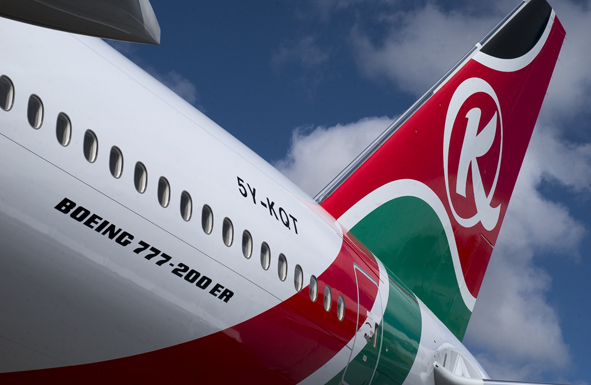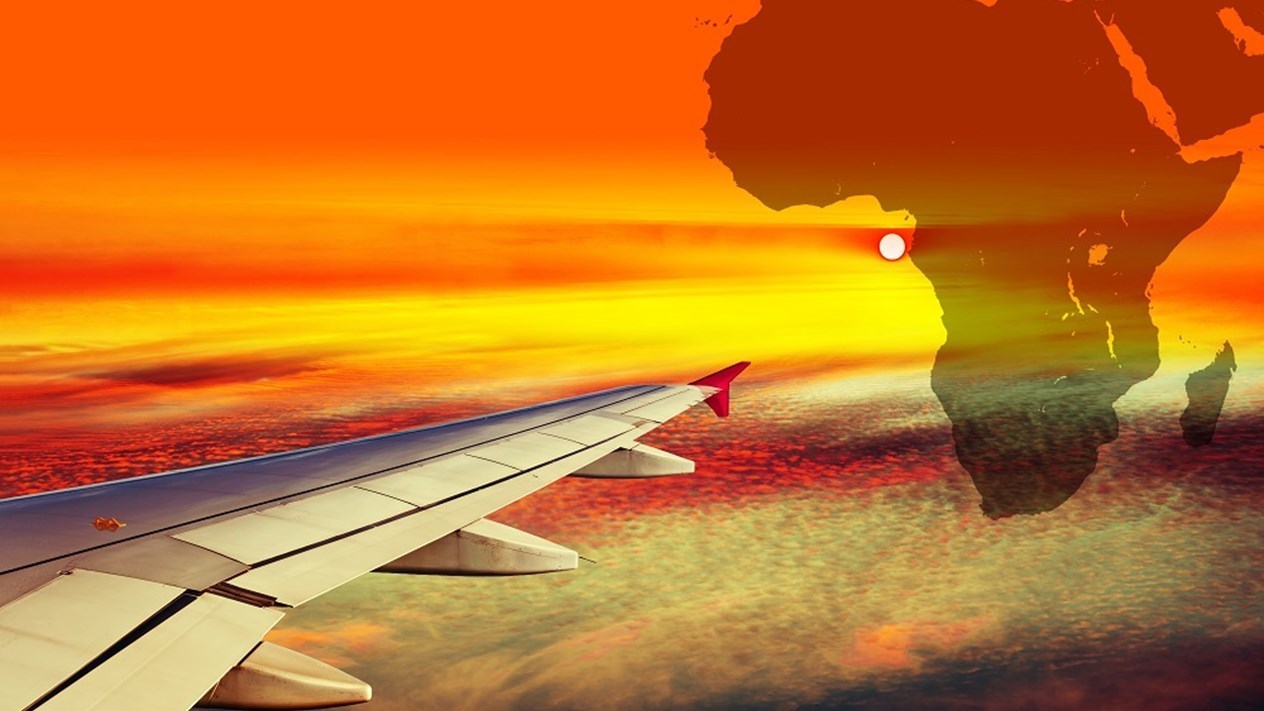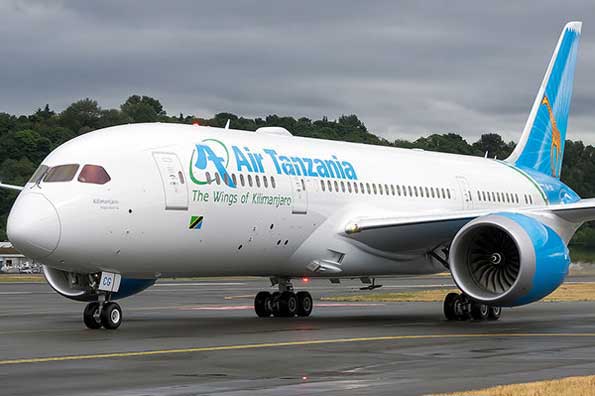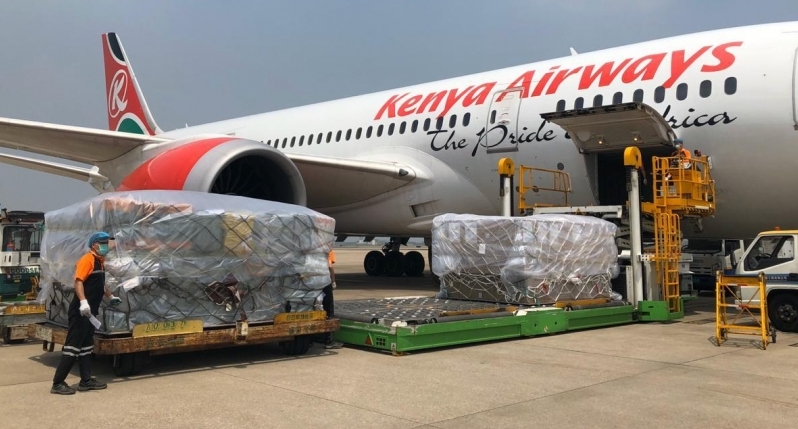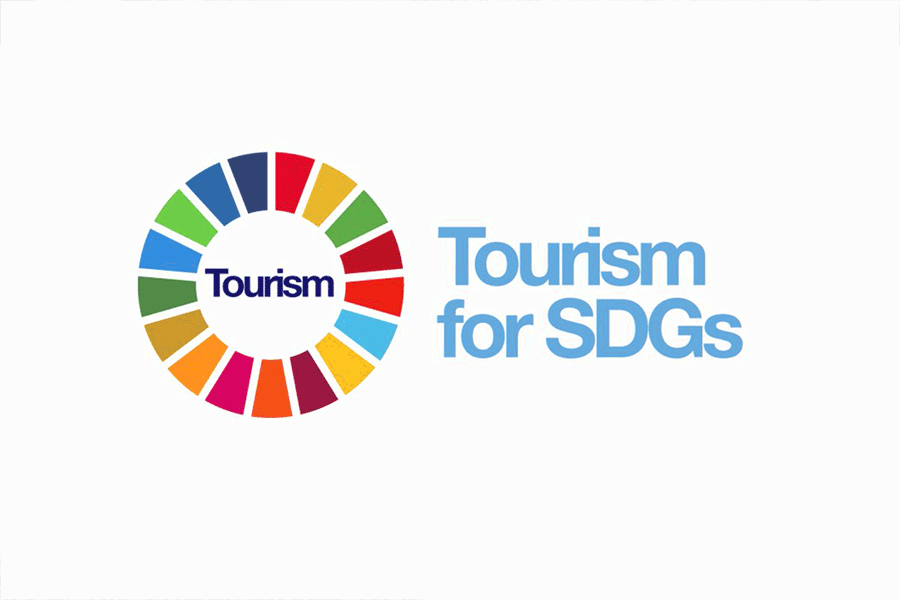Africa witnessed the highest growth in international freight cargo volumes in September compared to any other region in the world as the airlines continue recovery from the impact of Covid-19.
Data from the International Air Transport Association (IATA) indicates that Africa recorded a 34.6 percent growth in the review period to mark a ninth consecutive increase on month to month.
The volumes, according to IATA, are 20 percent above the pre-crisis 2019 levels but have been trending sideways for the past six months.
“African airlines saw international cargo volumes increase by 34.6 percent in September, the largest increase of all regions for the ninth consecutive month,” said Willie Walsh, IATA’s Director General.
Total demand for air travel in September 2021 (measured in revenue passenger kilometres or RPKs) was down 53.4 percent compared to September 2019.
The agency says continuing border closures and quarantine mandates are impacting negatively on travel.
“The recent US policy change to reopen travel from 33 markets for fully vaccinated foreigners from 8 November is a welcome development,” IATA said.
“Along with recent re-openings in other key markets like Australia, Argentina, Thailand, and Singapore this should give a boost to the large-scale restoration of the freedom to travel.”
All the regions across the world saw their cargo volumes increase, an indicator that the aviation sector is now more dependent on cargo in the wake of dwindling number of passengers seeking air travel.
However, IATA notes that capacity for international operations remains constrained at 8.9 percent below pre-Covid-19 levels (September 2019) for international operations.
Supply chain disruptions and the resulting cargo delays led to long supplier delivery times. This typically means manufacturers use air transport, which is quicker, to recover time lost during the production process.
The September global Supplier Delivery Time Purchasing Managers Index (PMI) was at 36, with values below 50 being favourable for air cargo.
“The September new export orders component and manufacturing output component of the PMIs have deteriorated from levels in the previous month but remain in favourable territory. Manufacturing activity continued to expand at a global level but, there was contraction in emerging economies,” said the agency.
Asia-Pacific airlines saw their international air cargo volumes increase 4.5 percent in September 2021 compared to the same month in 2019.
“This was a slowdown in demand compared to the previous month’s 5.1 percent expansion. Demand is being affected by slowing manufacturing activity in China. International capacity is significantly constrained in the region, down 18.2 percent vs September 2019,” IATA said.
European carriers saw a 5.3 percent increase in international cargo volumes in September 2021 compared to the same month in 2019.
Middle Eastern carriers experienced a 17.6 percent rise in international cargo volumes in September 2021 when compared to September 2019, an improvement compared to the previous month. However, international capacity was down four percent compared to September 2019.
North American carriers posted a 19.3 percent increase in international cargo volumes in September 2021 compared to September 2019.
IATA says new export orders and demand for faster shipping times are underpinning North American performance.
International capacity was down four percent compared to September 2019, a slight improvement from the previous month.
Source: The East African


